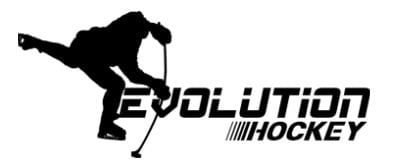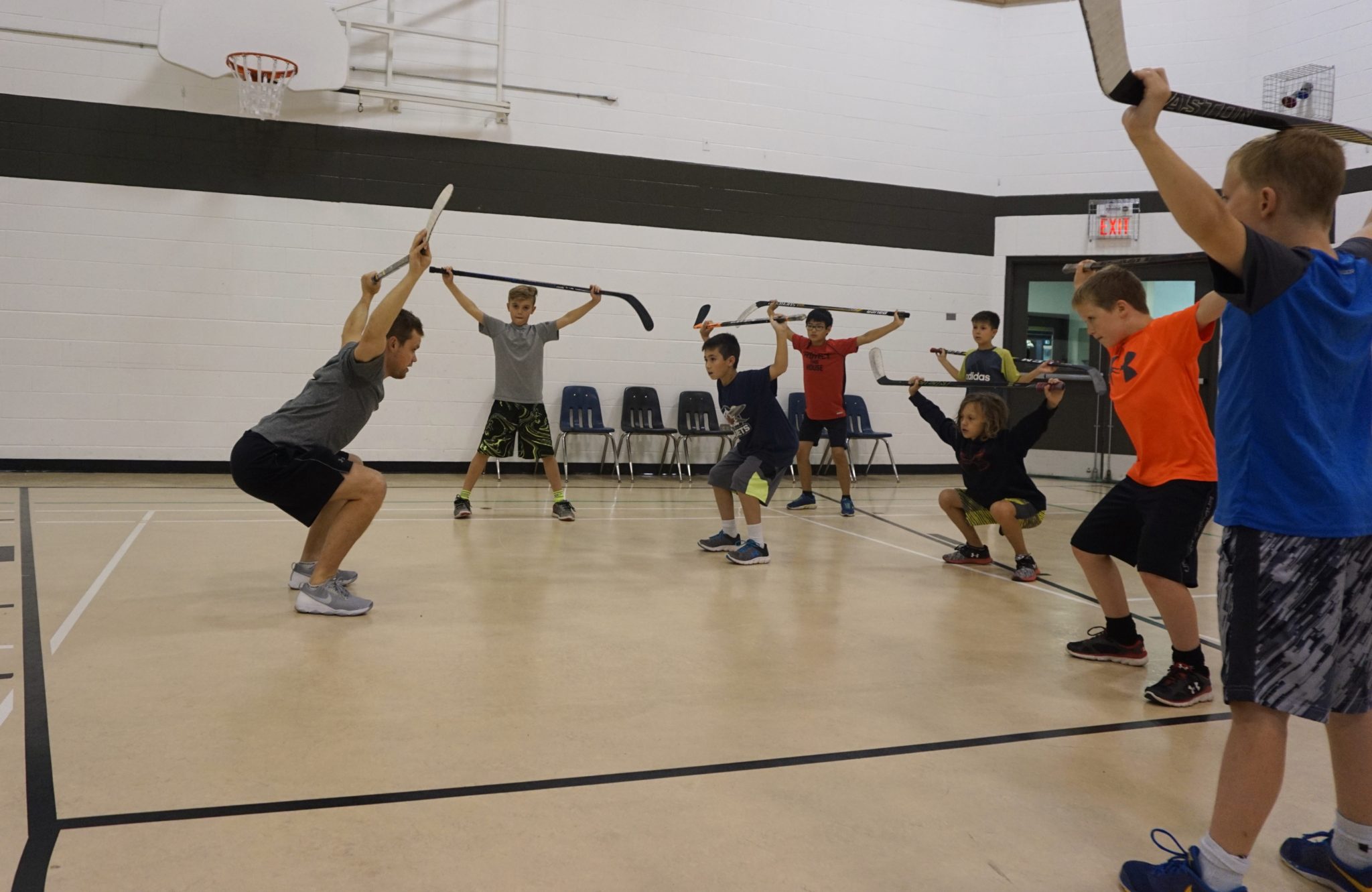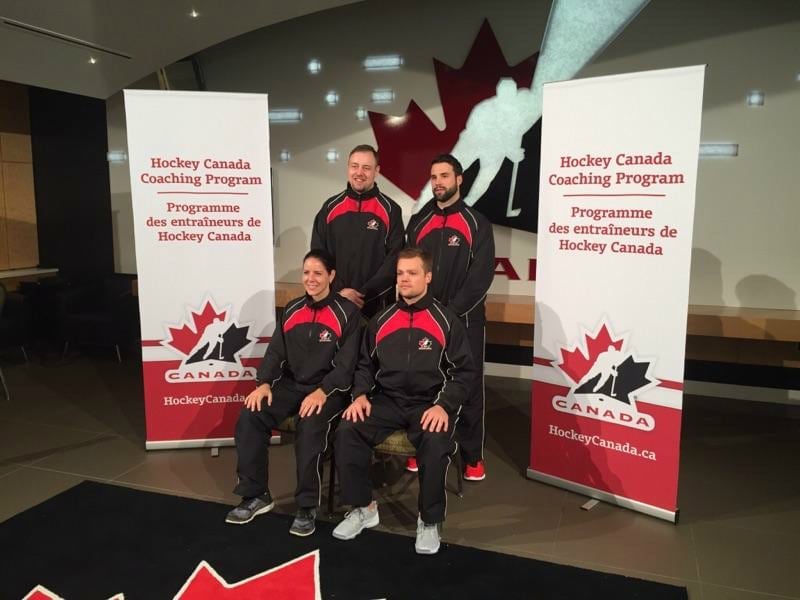Coaching Clinics | Developing Well-Rounded Athletes
It has been a busy month for Evolution Hockey working with Minor Hockey Associations, having the UofM Bison Men’s hockey season in full swing, and running skating and skill development clinics for Hockey Manitoba.
In reference to my previous post on Hockey Canada, it is so exciting to see coaches at the grassroots levels show more and more willingness to learn and get better. Our time attending Hockey MB Clinics and Evolution hosted clinics have taught us many great things. It lets us have great discussions on ways to teach and improve skating. Moreover, it allows us to talk about how these strategies can be used at every level. Furthermore, this collaborative effort has allowed us to design and implement long-term development programs for our players.
The Traditional approach
Most coaches want to know how to teach skating better. This is great, however, I believe there are a few important steps and questions that need to be asked before we get there. To be very clear, I am not about to say that you don’t need to work on and teach skating technique, because you do. And it is very important. What I am suggesting is to look at what comes before, and influences skating ability, because many players that I see today are physically incapable of even achieving proper technique. Let me explain.
There are things ‘power skating’ coaches are teaching. There is what biomechanics studies and science are showing. And then there is what the actual game of hockey involves. Each of these areas provides something of value and has its time and place. But I challenge you to consider, how often do you see the best players in the world execute a skating stride power skating coaches are teaching? For example, arms moving forward and backward like a sprinter, bringing the skate back underneath the centre of the body, ect.. I am not saying power skating coaches are wrong, but are we spending our time in the most efficient way when it comes to skating?
Our Approach at Evolution Hockey
My experience working as a Strength Coach at the CIS and younger levels taught me some very important lessons in “movement” that relate to skating.
When you break down fundamental human movement patterns, it becomes apparent that most hockey players move poorly. In Particular lack of mobility in the hips and ankle areas affect their capacity to execute the perfect stride. Moreover, this is something that is difficult for coaches to detect in full hockey equipment.
Second, more and more kids are specializing or dedicating more time to hockey at progressively younger ages. This results in them missing out on opportunities to play other organized and unorganized sports. This results in hockey players who are becoming less well rounded, weaker athletes.
The learning curve to teach a poor athlete complex skills is much steeper than teaching someone with a broader sports experience who has a more well-rounded athletic foundation.
The point here is that we need to take a step back… Remember we are coaching athletes, and not simply hockey players. When you take care of the things that come before the skating stride and combine it with quality instruction and deliberate practice, the stride will take care of itself.
The players and coaches I am working with are beginning to understand these foundational concepts. They ask questions like “How am I spending my time?” or “Am I focusing on the right things? “. The fact we can question, analyze, and discuss how things are done is a huge step in the right direction. Not only for these athletes but for the future improvement of hockey.



